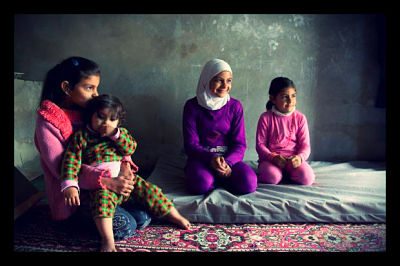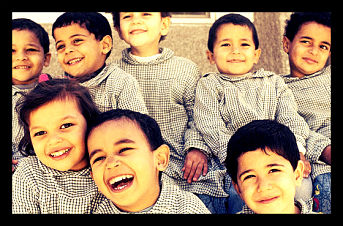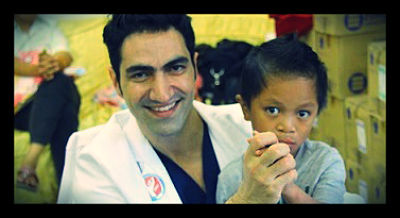
Mercy Corps works to save and improve lives in some of the most impoverished places on earth. Since it was founded in 1979, the NGO has worked in war-torn and poverty-ridden countries to turn crises into opportunities. 95% of their staff are local residents working in nations like Somalia, Afghanistan, the Congo and Iraq.
The countries in which Mercy Corps works have several things in common. Usually children’s lives are at risk, women’s education is ignored, and there is little chance for economic growth. The organization helps to provide and build food security and create educational and economic opportunities. Their method is to listen to the locals and prioritize urgent needs first. They look at long-term and innovative solutions that bring systemic change. Through taking responsible risks and thinking big, the organization is able to help large numbers of individuals.
Mercy Corps believes communities work best when they work for their own growth and change. They believe local markets provide sustainable recovery and good governance is the foundation to success. They focus their work on places in transition either from conflict, natural disasters, or political upheaval. They start with emergency relief and move to long-term goals to create communities that can withstand future shocks.
To get involved with Mercy Corps, check out their website at www.mercycorps.org. They have lots of opportunities from donating money to fundraising to attending events or visiting their office in Portland. They also have a list of open positions and offer internships for those interested in a longer or more permanent position.
It is evident that the organization is making a difference in some of the toughest places on earth. Lives are being saved and communities are being changed through the work Mercy Corps does.
– Amanda Kloeppel
Source: Mercy Corps





 Miseducation is a short film produced in 2012 that follows 11 years old Kelina as she walks through Cape Town, South Africa on her way to school. The film offers a glimpse into the frightening reality that Kelina, and children just like her, face every day in her graffiti-covered home town, where gangs are omnipresent and the threat of violence is always near. The 4-minute documentary by Nadine Cloete opens with Kelina saying that she is scared to walk alone. She knows the dangers all too well; rape, kidnapping, gang violence, gun violence. She is acutely aware of the risks because witnessing such atrocities in one of the poorest parts of South Africa is practically unavoidable. In an article for the New York Times, Cloete cites poverty as a major contributing factor to the violence and gang activity that plague South Africa. Her fear is that children from disadvantaged areas will perpetuate the violence they are exposed to the outside of school because they are not able to recognize that these conditions are not a normal part of childhood. Miseducation is one of 30 short films commissioned by the Why Poverty? initiative in November 2012. These short films, along with 8 thought-proving documentaries, were created to inspire conversation and action toward relieving
Miseducation is a short film produced in 2012 that follows 11 years old Kelina as she walks through Cape Town, South Africa on her way to school. The film offers a glimpse into the frightening reality that Kelina, and children just like her, face every day in her graffiti-covered home town, where gangs are omnipresent and the threat of violence is always near. The 4-minute documentary by Nadine Cloete opens with Kelina saying that she is scared to walk alone. She knows the dangers all too well; rape, kidnapping, gang violence, gun violence. She is acutely aware of the risks because witnessing such atrocities in one of the poorest parts of South Africa is practically unavoidable. In an article for the New York Times, Cloete cites poverty as a major contributing factor to the violence and gang activity that plague South Africa. Her fear is that children from disadvantaged areas will perpetuate the violence they are exposed to the outside of school because they are not able to recognize that these conditions are not a normal part of childhood. Miseducation is one of 30 short films commissioned by the Why Poverty? initiative in November 2012. These short films, along with 8 thought-proving documentaries, were created to inspire conversation and action toward relieving 


